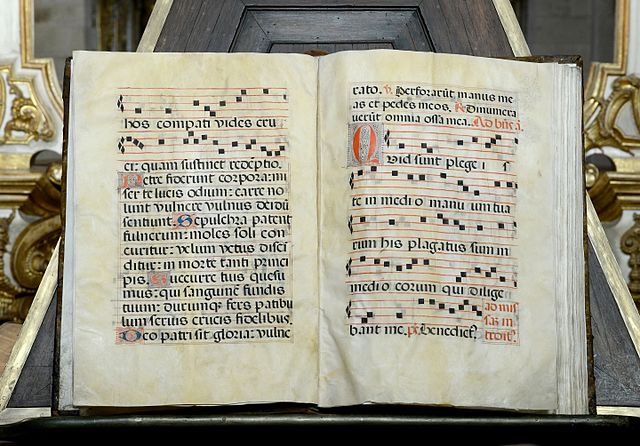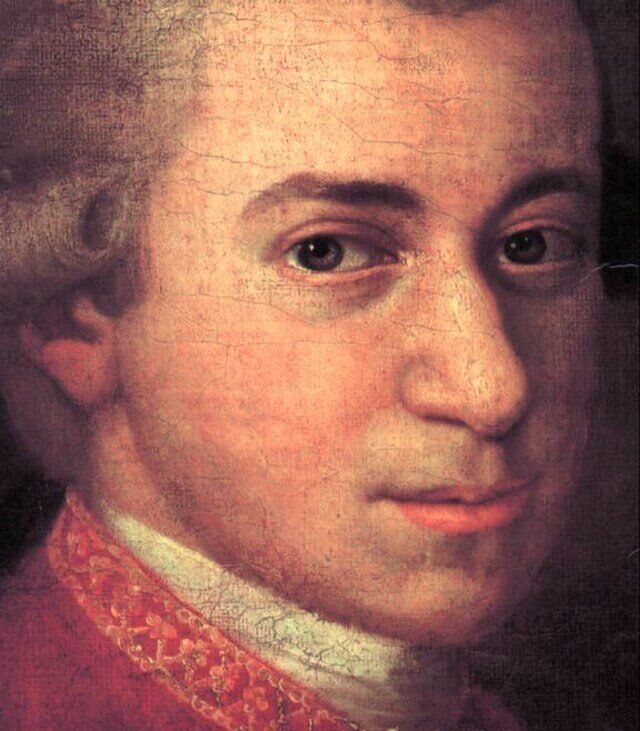Handel’s Messiah stands as one of the most iconic and enduring works in the classical music canon. Composed in just 24 days, this masterpiece has captivated audiences for centuries with its majestic choruses, poignant arias, and profound theological themes. In this article, we delve into the intricacies of Handel’s Messiah, analyzing its structure, themes, and lasting impact on the world of music.
Structure: Unraveling the Musical Tapestry
Handel’s Messiah is structured into three parts, each representing a distinct phase of the Christian narrative: the prophecy and birth of Christ, the Passion and Resurrection, and the ultimate victory over sin and death. Within these parts are a series of recitatives, arias, and choruses, meticulously crafted to convey the emotional depth and spiritual significance of the text.
The first part of Messiah focuses on the prophecies of the Messiah’s coming, beginning with the stirring words of Isaiah: “Comfort ye, comfort ye my people.” This section sets the stage for the birth of Christ, culminating in the jubilant chorus, “For unto us a Child is born.”
The second part delves into the Passion narrative, recounting the suffering and death of Christ with profound solemnity and reverence. From the haunting lament of “Behold the Lamb of God” to the heart-wrenching agony of “He was despised,” Handel masterfully captures the anguish and sacrifice of Christ’s crucifixion.
In the final part, Messiah celebrates the triumph of redemption and resurrection, culminating in the iconic “Hallelujah” chorus. This majestic anthem, with its soaring melodies and triumphant harmonies, proclaims the victory of Christ over sin and death, inspiring awe and reverence in audiences around the world.
Themes: From Prophecy to Redemption
Throughout Messiah, Handel draws upon a rich tapestry of biblical texts, weaving together passages from both the Old and New Testaments to narrate the story of Christ’s life, death, and resurrection. The libretto, compiled by Charles Jennens, provides a seamless blend of prophecy, poetry, and scripture, offering a profound meditation on the Christian faith.
At its core, Messiah explores themes of hope, redemption, and divine grace, inviting listeners to contemplate the mysteries of faith and salvation. From the tender strains of “He Shall Feed His Flock” to the exultant strains of “Worthy is the Lamb,” each movement reveals a different facet of the Christian journey, inviting audiences to reflect on the transformative power of God’s love.
Impact: A Cultural Phenomenon
Since its premiere in Dublin in 1742, Handel’s Messiah has left an indelible mark on the world of music and culture. Its soaring melodies and powerful messages have transcended time and place, captivating audiences across continents and generations.
From grand concert halls to intimate church settings, performances of Messiah continue to inspire and uplift audiences of all backgrounds, reaffirming its status as a timeless masterpiece. Its enduring popularity speaks to the universal appeal of its message and the enduring beauty of its music.
In conclusion, Handel’s Messiah stands as a testament to the enduring power of music to convey profound truths and evoke deep emotions. Its intricate structure, timeless themes, and lasting impact make it a cornerstone of classical music repertoire, beloved by performers and audiences alike.
As we continue to explore and celebrate the legacy of Handel’s Messiah, we are reminded of the enduring beauty and significance of this remarkable work. Through its exploration of biblical narratives and timeless melodies, Messiah continues to inspire and uplift audiences, reaffirming its status as a true masterpiece of classical music.



